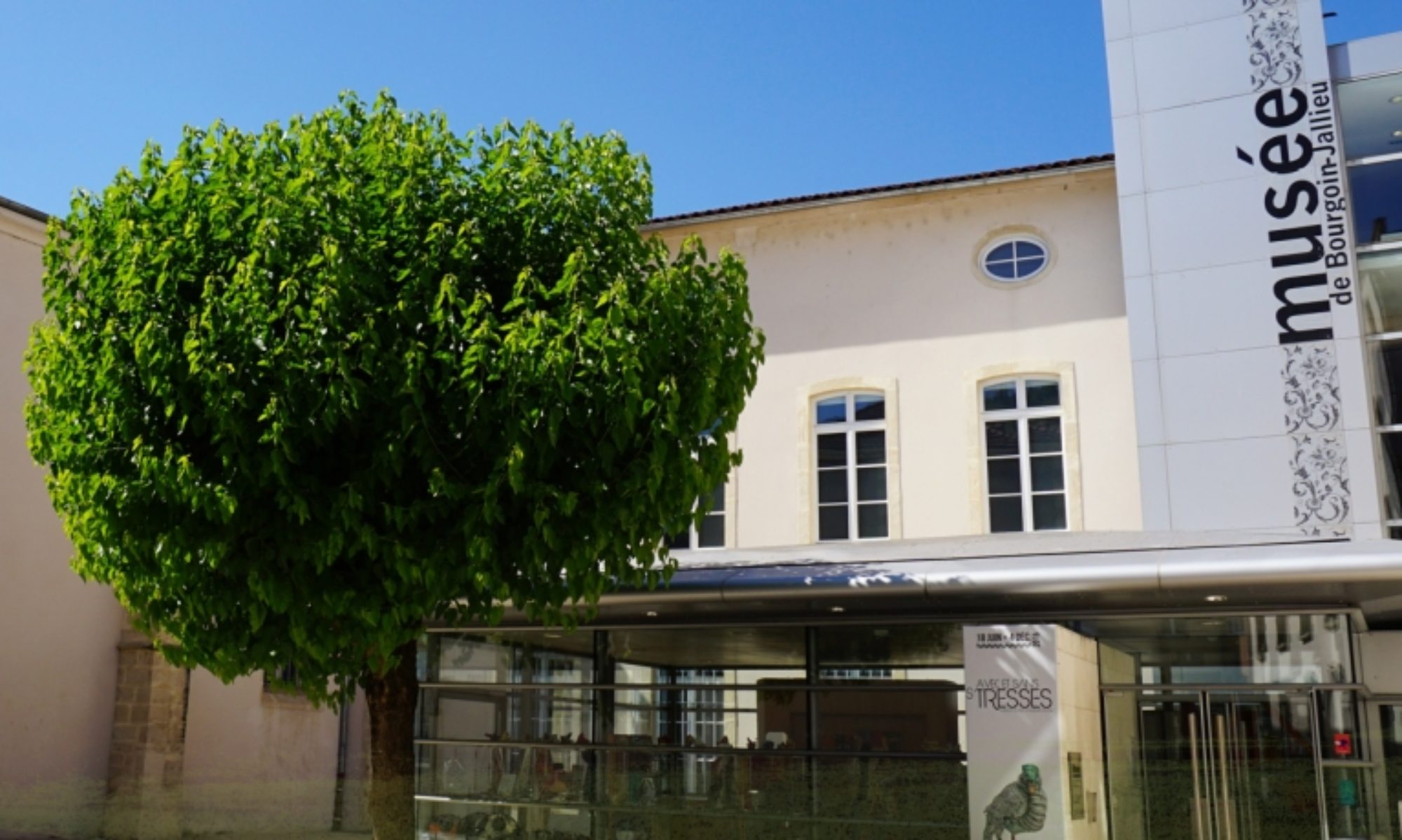This exceptional saber-velveted piece brings together a number of particularly delicate Haure Couture techniques developed by Lyon designers during the 19th century. These techniques are used today for high luxury creations and restorations. This piece is white warp-printed satin, created using the woodblock printing technique, depicting wallflowers. The patterns were cut with a special razor known as a saber to produce a very fine velvet, whose muted softness contrasts with the brightness of the satin. The saber velveting technique was first introduced at the World’s Fair of 1867.
Warp printing is particularly difficult to carry out on satin and yields very delicate results. The fabric is woven with an extremely loose weft, then block printed with one color per block, after which it is unwoven and then rewoven in the usual way. This results in a soft, slightly fuzzy pattern. This important piece is a valuable addition to the museum’s collection and joins a silk twill Hermès square as an example of the saber velveting technique.

